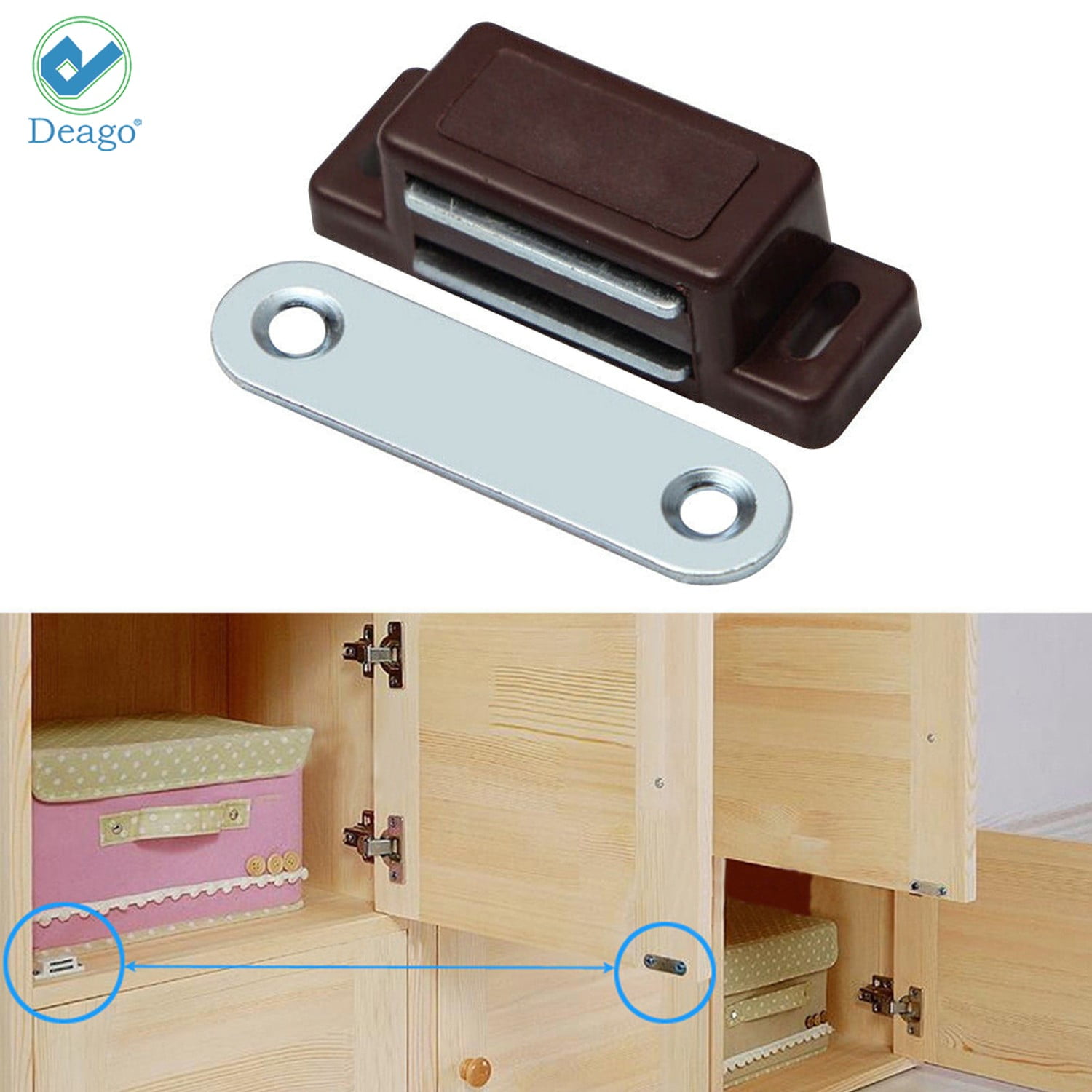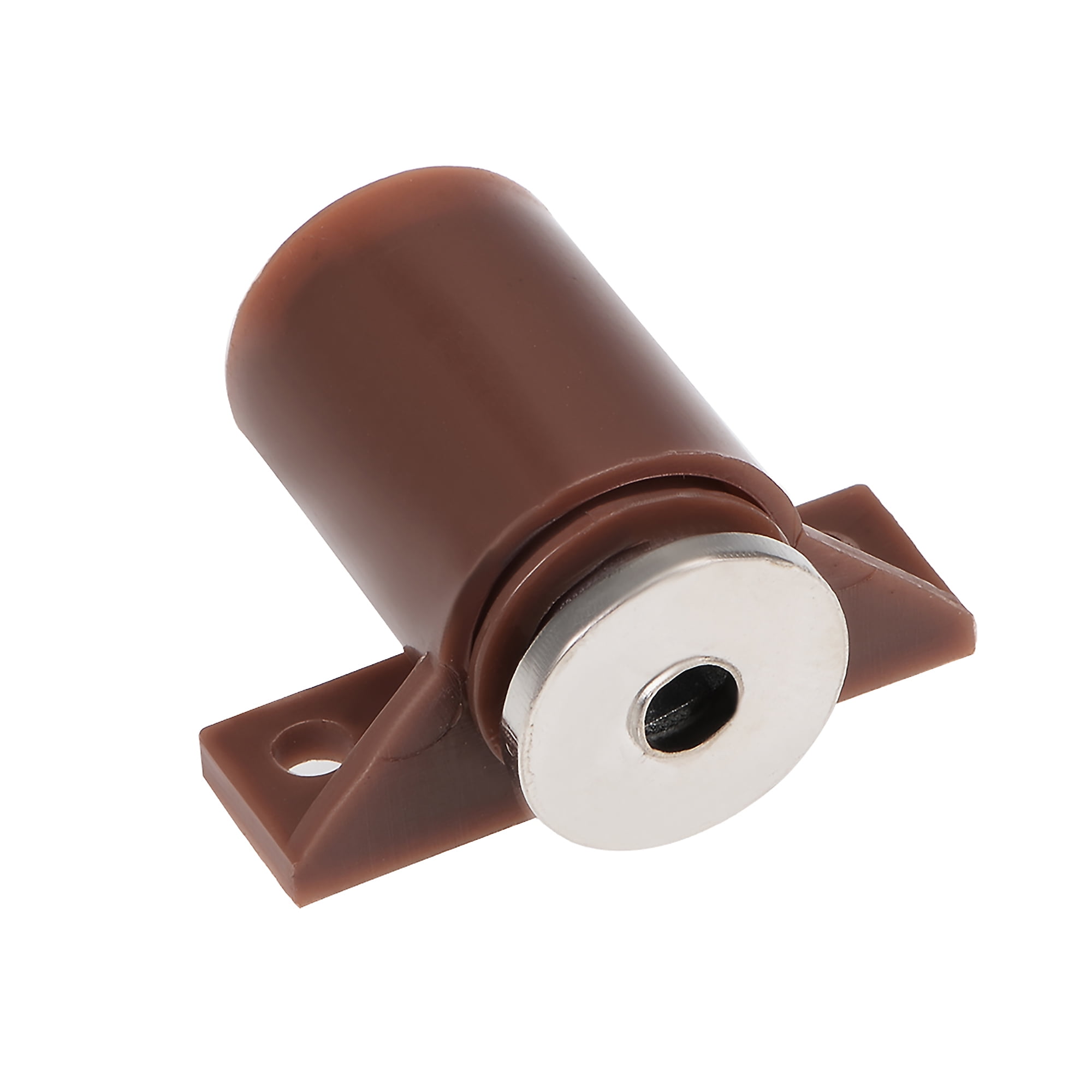Magnet Kitchen Cabinet Door Handles: Styles and Designs

Selamat pagi, semuanya! Let’s dive into the wonderfully diverse world of magnetic kitchen cabinet door handles. These aren’t your grandma’s clunky knobs; we’re talking sleek, stylish, and oh-so-convenient additions to your culinary kingdom. From minimalist modern to rustic charm, the options are as plentiful as the spices in your pantry!
Magnet Kitchen Cabinet Door Handle Styles and Designs in a Table
The following table summarizes various styles of magnet kitchen cabinet door handles, categorizing them by material, finish, and shape. Choosing the right handle depends greatly on your kitchen’s overall aesthetic and your personal preferences. Remember, a little bit of “rasa Palembang” can go a long way in making your kitchen truly special!
| Style Name | Material | Finish Options | Shape/Design |
|---|---|---|---|
| Modern Minimalist | Brushed Stainless Steel | Brushed, Polished, Satin | Simple bar, flush-mounted |
| Traditional | Solid Brass | Polished Brass, Antique Brass, Oil-Rubbed Bronze | Curved, ornate, knob-style |
| Rustic Farmhouse | Cast Iron | Black, Distressed Black, Antique White | Simple, slightly textured, possibly with decorative elements |
| Contemporary | Aluminum | Powder-coated (various colors), Anodized | Geometric shapes, sleek lines |
| Art Deco Inspired | Zinc Alloy | Chrome, Nickel, Black | Geometric patterns, stepped designs |
Detailed Descriptions of Magnet Handle Designs
Let’s imagine some specific designs. Visualizing these will help you choose the perfect handles for your kitchen!
Magnet kitchen cabinet door handles – Design 1: The “Sleek Minimalist”: Imagine a thin, rectangular bar of brushed stainless steel, approximately 4 inches long and ½ inch wide. It’s flush-mounted, giving a clean, modern look. The magnet is embedded within the bar, invisible to the eye.
Design 2: The “Ornate Traditional”: Picture a gracefully curved brass handle, about 3 inches long, with a slightly bulbous end. The surface is polished to a high shine, and it features delicate, etched floral details. A strong neodymium magnet is concealed within the base.
Design 3: The “Rustic Charm”: This handle is a simple, slightly textured bar of cast iron, painted a distressed black. It’s about 5 inches long and 1 inch wide, with slightly rough edges to enhance the rustic appeal. A powerful magnet is integrated into the handle’s structure.
Design 4: The “Geometric Chic”: This handle is a striking example of contemporary design. It’s made of anodized aluminum in a deep charcoal grey, shaped like a clean, sharp triangle, approximately 3 inches on each side. The magnet is hidden within the triangular form.
Design 5: The “Art Deco Elegance”: This handle is a zinc alloy piece with a polished chrome finish. It features a stepped, geometric design reminiscent of Art Deco architecture, approximately 4 inches long and 1.5 inches wide. A powerful magnet is seamlessly integrated into the base.
Aesthetic Appeal of Magnet Handles in Different Kitchen Styles
The choice of magnet handle style significantly impacts the overall aesthetic of your kitchen. Modern kitchens often benefit from minimalist, sleek designs in stainless steel or brushed aluminum. Traditional kitchens pair beautifully with ornate, curved handles in brass or bronze. Rustic kitchens are enhanced by simpler, textured handles in cast iron or wood. The right handle can truly elevate the look and feel of your space!
Installation and Functionality of Magnet Cabinet Handles

Installing magnet cabinet handles adds a touch of modern elegance and effortless functionality to your kitchen. This process is surprisingly straightforward, even for those less experienced with DIY projects. Remember, safety is paramount, so always prioritize careful handling of tools and materials. The right tools and a bit of patience will ensure a smooth installation.
The installation process itself involves several key steps, ensuring a secure and aesthetically pleasing finish. Proper preparation is key to a successful installation. Different magnet mechanisms offer varying strengths and weaknesses, affecting both installation and long-term performance.
Magnet Cabinet Handle Installation Steps, Magnet kitchen cabinet door handles
Before you begin, gather your necessary tools and materials. You’ll need a screwdriver (likely a Phillips head), a pencil for marking, a measuring tape, a level, and potentially a drill (depending on your cabinet material and handle type). Safety glasses are also recommended to protect your eyes from any debris. Always double-check your measurements to ensure accuracy and avoid costly mistakes. Remember to switch off the power to any nearby electrical outlets before starting the installation.
- Measure and Mark: Carefully measure the distance between the existing handle holes (if replacing older handles) or plan the desired placement of the new handles. Mark these locations with a pencil, ensuring they are level and evenly spaced.
- Pre-Drill (If Necessary): If your cabinets are made of hardwood or other dense materials, pre-drilling pilot holes will prevent the wood from splitting when screwing in the handle base. Use a drill bit slightly smaller than the diameter of your screws.
- Attach the Base Plate: Align the base plate of the magnet handle with your markings and secure it to the cabinet door using the provided screws. Ensure the base plate is firmly attached and level.
- Attach the Magnet: Carefully attach the magnet component to the cabinet door, following the manufacturer’s instructions. This might involve adhesive, screws, or a combination of both. Ensure the magnet is correctly aligned with the base plate.
- Test and Adjust: Test the functionality of the handle by opening and closing the cabinet door. Make adjustments if necessary to ensure smooth operation and proper alignment.
Types of Magnet Mechanisms
Several magnet mechanisms power these sleek handles. Understanding their differences helps in choosing the right one for your needs. Each mechanism presents its own advantages and disadvantages regarding strength, durability, and ease of installation. Consider your cabinet’s weight and frequency of use when making your selection.
- Neodymium Magnets: These are incredibly strong and compact, perfect for heavier cabinet doors. However, their strength can sometimes make them difficult to disengage. They offer superior holding power but might require more precise installation.
- Ferrite Magnets: These are less powerful than neodymium magnets, making them suitable for lighter doors. They are generally less expensive and easier to work with. While not as strong, they offer a good balance of functionality and affordability.
- Electromagnets: These require a power source, offering a unique level of control. They can be switched on and off, providing security features or even automated opening mechanisms. However, they are more complex to install and require additional wiring.
Functionality Comparison
Magnet handles offer a unique blend of style and functionality, differing from traditional knobs and pulls. This comparison highlights the strengths and weaknesses of each type, helping you make an informed decision for your kitchen. Consider factors such as ease of use, aesthetics, and durability when making your choice.
| Handle Type | Functionality | Ease of Use |
|---|---|---|
| Magnet Handle | Clean, minimalist design; strong hold; silent operation; suitable for various cabinet styles. | Generally easy to install; can be challenging to align perfectly; requires careful handling of magnets. |
| Knob Handle | Classic design; easy to grip; readily available; simple installation. | Can be cumbersome for larger doors or those with limited dexterity. |
| Pull Handle | Provides a good grip; suitable for heavier doors; offers various styles and finishes. | Requires more space than knobs; installation can be more complex depending on the design. |
Maintenance and Care of Magnet Kitchen Cabinet Handles: Magnet Kitchen Cabinet Door Handles

Keeping your magnet kitchen cabinet handles looking their best is easier than you might think! With a little regular care, you can ensure they remain functional and aesthetically pleasing for years to come. Proper cleaning techniques and knowing how to address common problems will keep your kitchen looking its absolute finest.
Cleaning Magnet Cabinet Handles
The cleaning method for your magnet cabinet handles depends largely on the material they are made from. Different materials require different approaches to avoid scratching or damaging their finish.
Stainless Steel Handles: Stainless steel is relatively easy to clean. A simple wipe down with a soft, damp cloth and a mild dish soap solution is usually sufficient. For stubborn marks, you can use a non-abrasive cleaner specifically designed for stainless steel. Avoid using harsh chemicals or abrasive scouring pads, as these can scratch the surface and dull the shine. Always rinse thoroughly with clean water and dry with a soft cloth to prevent water spots.
Brass Handles: Brass handles require a bit more care. Clean them regularly with a soft cloth and a mild soap solution. For tarnish, you can use a specialized brass cleaner, following the manufacturer’s instructions carefully. Avoid using abrasive cleaners or excessive scrubbing, as these can damage the delicate finish. Polishing brass handles periodically will help maintain their luster.
Other Materials: For handles made from other materials like zinc alloy or painted metal, always refer to the manufacturer’s cleaning instructions. Generally, a soft cloth and mild soap are a safe starting point. Avoid harsh chemicals or abrasive cleaners that could damage the finish or the magnet itself.
Troubleshooting Common Magnet Handle Issues
Occasionally, you might encounter some minor problems with your magnet cabinet handles. Addressing these promptly can prevent larger issues.
Weak Magnetism: If your cabinet doors are not closing securely, the magnets might be losing their strength. This can be due to age or damage. Sometimes, simply cleaning the magnet and the contact surface on the cabinet door can restore some strength. If the problem persists, replacing the magnet might be necessary (see below).
Sticking Doors: If your cabinet doors are sticking, it could be due to paint buildup, dust, or debris on the magnet or the contact surface. Clean both surfaces thoroughly. If the problem continues, slightly adjusting the position of the magnet or the metal plate on the door might help.
Replacing a Damaged Magnet
Replacing a broken or weakened magnet is a relatively straightforward process. However, remember that the exact steps might vary slightly depending on the handle design.
- Assess the Handle: Carefully examine the handle to understand how the magnet is attached. Some magnets are held in place with screws, while others may be glued or pressed into place. Note the size and shape of the magnet.
- Remove the Old Magnet: If the magnet is screwed in, use a small screwdriver to remove the screws. If it’s glued, gently try to pry it out with a small, flat object. If it’s pressed in, you might need to carefully use a small tool to gently push it out from the back. Be cautious not to damage the handle during this step. Imagine you are carefully removing a small, delicate gemstone from a setting.
- Clean the Area: Thoroughly clean the area where the magnet was located to remove any residue from the old adhesive or other debris. This will ensure a better bond for the new magnet.
- Prepare the New Magnet: Obtain a replacement magnet with the same size, shape, and strength as the original. You can often find replacement magnets at hardware stores or online.
- Install the New Magnet: If the original magnet was screwed in, simply screw the new magnet into place. If it was glued, apply a small amount of strong adhesive suitable for metal and carefully press the new magnet into place. If it was pressed in, carefully push the new magnet into its place, ensuring it sits flush with the handle.
- Test the Magnet: Once the new magnet is installed, test the cabinet door to ensure it closes securely and the magnetism is sufficient.
